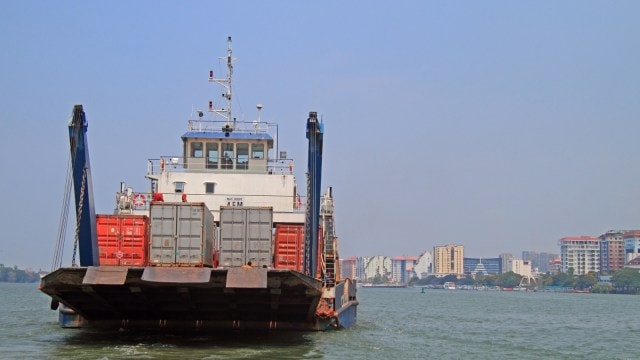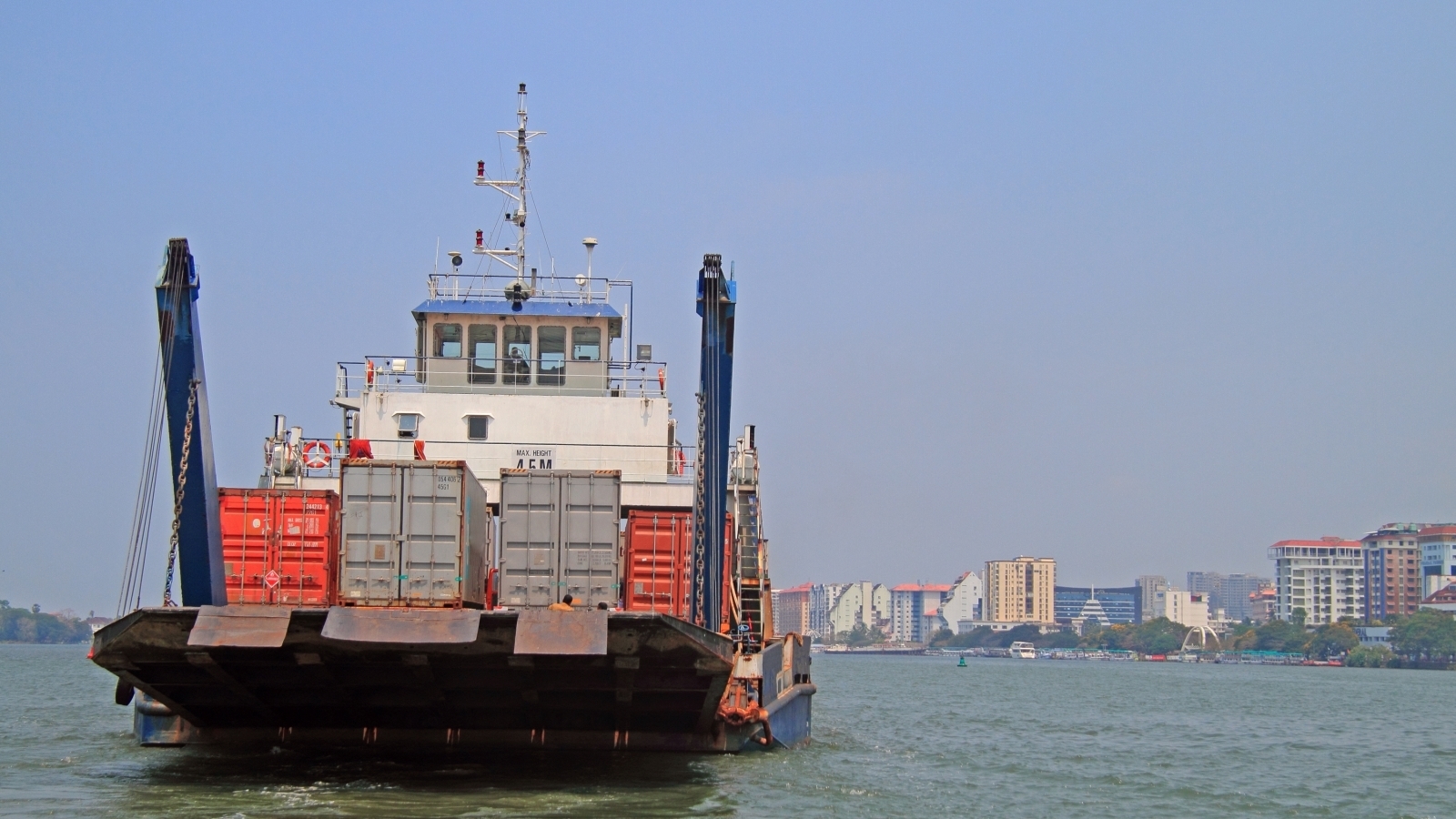
In August, reports emerged that the US Customs and Border Protection agency (CBP) had detained nearly $43 million worth of shipments of solar panels from India since October 2023. These actions are in line with the Uyghur Forced Labour Prevention Act (UFLPA), enacted by the Biden Administration, to prohibit imports of goods manufactured “wholly or in part” with forced labour in China, especially in the Xinjiang Uyghur Autonomous Region (XUAR). In this case, CBP worked on the assumption that polycrystalline silicon, the raw material for batteries/cells for solar photovoltaic (PV) modules (also for manufacturing integrated circuits and other semiconductor devices) had come from XUAR.
Over the last decade, China has dominated the global solar PV supply chain, with its share in all the manufacturing stages of solar panels exceeding 80 per cent. But the increased scrutiny of Chinese companies in the US has been seen as an opportunity by India’s solar industry, to pitch the country as an alternative to China. The Ministry of New and Renewable Energy (MNRE), in response to a question in the Rajya Sabha, claimed that India had achieved self-sufficiency in solar module production, with panels worth $1.03 billion exported from India in 2022-23. However, in the same response, it also admitted that the country was yet to reach substantial capacity in solar cell production.
CBP’s action shows the extent of enforcement of UFLPA — even components of final products are subject to scrutiny. Given their dominance in critical components to various products in some of the earmarked manufacturing sectors, the spotlight falls on how Chinese companies are linked to India’s manufacturing ambitions. As per the think-tank Global Trade Research Initiative’s data, with reference to solar panels in fiscal year 2024, imports of assembled PV cells amounted to US $2.9 billion (65.5 per cent of such imports), while non-assembled cells imports were worth US $1 billion (55.9 per cent).
The Centre had accelerated efforts towards achieving self-sufficiency in the renewable energy sector after supply chain disruptions during the Covid-19 pandemic. Taking on from the Production Linked Incentive scheme for large-sector electronics manufacturing in 2020, a similar scheme was introduced for high-efficiency solar PV modules in 2021, to achieve a manufacturing capacity of GW scale with an outlay of Rs 24,000 crore — the scheme being implemented in two tranches of Rs 4,500 crore and Rs 19,500 crore, with 13 companies successfully winning bids; many of them indigenous. However, most of them have listed Chinese vendors as suppliers. Union Budget 2024-25 has allocated Rs 250 crore for the National Programme on Advanced Chemistry Cell Battery Storage under the Ministry of Heavy Industries. There is no specific allocation for a PLI scheme for solar PV modules under the MNRE.
Efforts to reduce dependence on China by scaling up and incentivising domestic production might be a good strategy. However, in the short-term, it’s inevitable for firms, constrained by economic realities and lack of alternatives, to “plug into China’s supply chain”, as the Economic Survey points out. India may think of working out sector-wise exemptions from ULFPA with the US, taking cues from the 123 Nuclear Agreement.
Another crucial takeaway is that Indian companies are not plugged into the dynamics of Chinese domestic politics. Their inability to keep track of locations within China from where raw materials and components are sourced illustrates the need for more in-depth assessments by India Inc. Its reliance on consultancies, especially foreign rather than home-grown research on China is creating a new set of longer-term problems. The increased emphasis on export-led manufacturing coupled with the geopolitical headwinds requires companies to be more aware of the happenings in China and tread appropriately.
The writer is fellow, Centre of Excellence for Himalayan Studies, Shiv Nadar University, Delhi NCR, and adjunct fellow, Institute of Chinese Studies, Delhi



